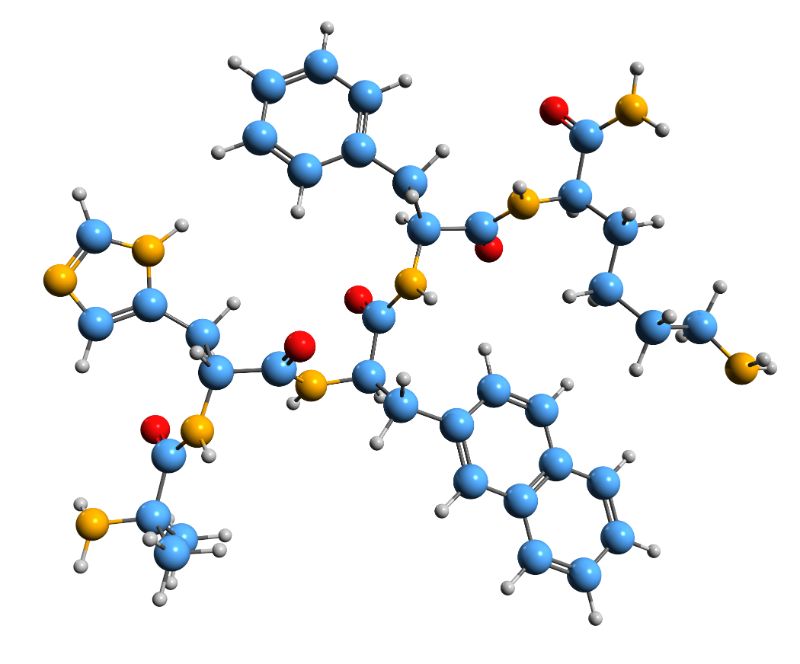
CJC 1295 Ipamorelin Side Effects: Research
Share
CJC-1295 and Ipamorelin are synthetic peptides used to stimulate the release of growth hormone (GH). Both compounds have been studied for their pharmacokinetic profiles, pharmacodynamic effects, and safety in clinical settings.
CJC-1295 is a long-acting analog of growth hormone-releasing hormone (GHRH). It has been shown to increase GH and insulin-like growth factor I (IGF-I) levels in a dose-dependent manner. The primary side effects observed with CJC-1295 include injection site reactions, such as pain, redness, and swelling. In clinical trials, no serious adverse reactions were reported, and the compound was generally well tolerated. However, potential side effects may include water retention, joint pain, and carpal tunnel syndrome, which are common with GH therapy due to increased IGF-I levels. Additionally, there is a theoretical risk of glucose intolerance and insulin resistance with prolonged use, although this has not been conclusively demonstrated in clinical studies.[1-2]
Ipamorelin is a selective GH secretagogue that mimics the action of ghrelin, a natural GH-releasing peptide. It has a high specificity for GH release without significantly affecting other hormones such as cortisol or prolactin. The side effects of Ipamorelin are generally mild and include headache, dizziness, and transient flushing. In a study involving human volunteers, Ipamorelin was well tolerated, with a short terminal half-life and dose-proportional pharmacokinetics. Similar to CJC-1295, potential side effects may include water retention, joint pain, and carpal tunnel syndrome due to increased GH and IGF-I levels. Additionally, there is a risk of hypoglycemia, as ghrelin mimetics can influence glucose metabolism.[3-4]
Both CJC-1295 and Ipamorelin have shown promise in clinical settings for their ability to stimulate GH release with relatively mild side effect profiles. However, long-term safety data are limited, and further studies are needed to fully understand the potential risks associated with their use. Clinicians should monitor patients for common side effects associated with GH therapy and consider individual patient risk factors when prescribing these agents.
1. Prolonged Stimulation of Growth Hormone (GH) and Insulin-Like Growth Factor I Secretion by CJC-1295, a Long-Acting Analog of GH-releasing Hormone, in Healthy Adults. Teichman SL, Neale A, Lawrence B, et al. The Journal of Clinical Endocrinology and Metabolism. 2006;91(3):799-805. doi:10.1210/jc.2005-1536.
2. Pulsatile Secretion of Growth Hormone (GH) Persists During Continuous Stimulation by CJC-1295, a Long-Acting GH-releasing Hormone Analog.
Ionescu M, Frohman LA. The Journal of Clinical Endocrinology and Metabolism. 2006;91(12):4792-7. doi:10.1210/jc.2006-1702.
3. Ipamorelin, the First Selective Growth Hormone Secretagogue. Raun K, Hansen BS, Johansen NL, et al. European Journal of Endocrinology. 1998;139(5):552-61. doi:10.1530/eje.0.1390552.
4. Pharmacokinetic-Pharmacodynamic Modeling of Ipamorelin, a Growth Hormone Releasing Peptide, in Human Volunteers.
Gobburu JV, Agersø H, Jusko WJ, Ynddal L. Pharmaceutical Research. 1999;16(9):1412-6. doi:10.1023/a:1018955126402.
